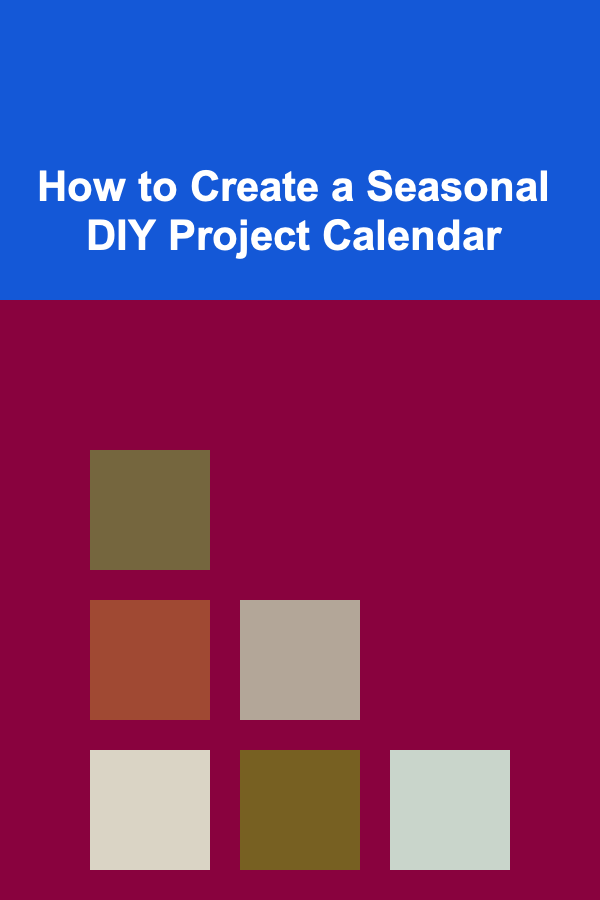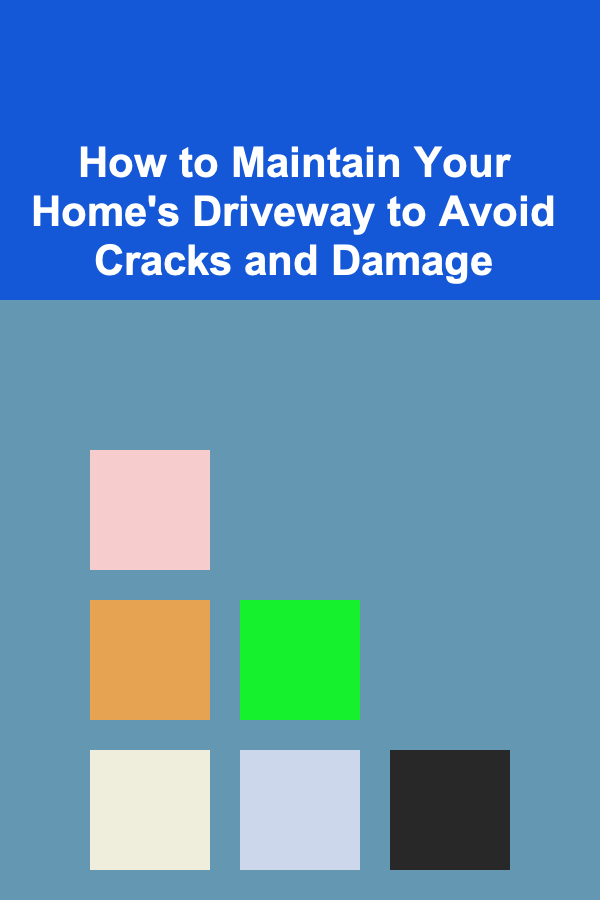
How to Tackle Mold and Mildew in Your Home
ebook include PDF & Audio bundle (Micro Guide)
$12.99$11.99
Limited Time Offer! Order within the next:

Mold and mildew are common problems that many homeowners face. These fungi can thrive in moist, damp environments and often appear in areas with poor ventilation, such as basements, bathrooms, and kitchens. Mold and mildew not only damage surfaces but also pose serious health risks, especially for individuals with respiratory issues or weakened immune systems. Understanding how to prevent, remove, and address mold and mildew problems is essential to maintaining a healthy and safe living environment.
This guide will provide an in-depth look at how to tackle mold and mildew in your home, covering everything from identification and prevention to cleaning and remediation. By following the steps outlined here, you can ensure that your home remains mold-free and safe for you and your family.
Understanding Mold and Mildew
Before diving into the solutions for mold and mildew problems, it is crucial to understand what they are and how they differ from each other.
Mold
Mold is a type of fungus that thrives in damp, dark, and warm environments. It can grow on a variety of materials, including wood, fabric, paper, and even food. Mold reproduces by releasing tiny spores into the air, which can easily spread throughout your home, potentially leading to widespread contamination.
Common types of mold found in homes include:
- Aspergillus
- Cladosporium
- Stachybotrys (often called "black mold")
- Penicillium
Mold can cause a range of health problems, including respiratory issues, allergic reactions, and skin irritations. Certain types of mold, like Stachybotrys, produce mycotoxins, which are toxic and can lead to more severe health complications.
Mildew
Mildew, on the other hand, is a term that refers to fungal growth that is less aggressive than mold. Mildew usually appears as a white or grayish substance on the surface of materials, particularly in bathrooms, kitchens, and other humid areas. While it may not pose the same level of health risks as mold, mildew can still lead to unpleasant odors and surface damage if not dealt with promptly.
Mildew is typically easier to clean than mold and can be treated with household cleaning products. However, prolonged exposure to mildew can lead to a buildup of spores, which can eventually turn into more severe mold problems.
Identifying Mold and Mildew in Your Home
The first step in addressing mold and mildew is identifying where they are present. Since mold and mildew thrive in hidden spaces, such as behind walls, under carpets, or in crawlspaces, detection is not always straightforward.
Signs of Mold and Mildew Growth
- Visible Discoloration: Mold and mildew often appear as black, green, white, or gray patches on walls, ceilings, floors, or other surfaces. The color and texture can vary depending on the type of mold or mildew.
- Musty Odor: A persistent musty or earthy odor is often a sign of mold or mildew growth. The smell may be more intense in areas with poor ventilation, such as basements or attics.
- Water Damage: Mold and mildew thrive in areas that have experienced water damage. Look for water stains, peeling paint, or bubbling wallpaper, which can indicate the presence of mold or mildew behind the surfaces.
- Increased Allergies or Respiratory Issues: If you or your family members experience unexplained allergy symptoms or respiratory problems, such as coughing, sneezing, or asthma flare-ups, mold could be the culprit. Mold spores in the air can trigger allergic reactions and worsen asthma symptoms.
Hidden Areas to Inspect
- Bathrooms: The warm, humid environment in bathrooms makes them a prime spot for mold and mildew growth. Pay close attention to corners, grout lines, and behind showers or tubs.
- Basements: Basements are often prone to dampness due to their underground location. Check for water seepage along walls, especially after heavy rain, and inspect areas with poor ventilation.
- Kitchens: Kitchens can also accumulate moisture, particularly around sinks, dishwashers, and refrigerators. Regularly check areas where water is often present.
- Attics and Crawlspaces: These areas are often neglected, yet they are common places for mold to develop, especially if the insulation is wet or if there are leaks in the roof.
Prevention of Mold and Mildew
Preventing mold and mildew from growing in your home is essential to maintaining a healthy environment. Here are several strategies to reduce the likelihood of mold and mildew problems:
1. Control Humidity Levels
Mold and mildew require high humidity levels to thrive. Keeping the humidity in your home below 60% can make it much harder for mold to grow.
- Use a Dehumidifier: In areas with high humidity, such as basements, use a dehumidifier to keep moisture levels in check.
- Ventilate Damp Areas: Ensure that areas like bathrooms, kitchens, and laundry rooms are well-ventilated. Use exhaust fans and open windows to allow moisture to escape.
- Fix Leaks Promptly: Leaks in plumbing, roofs, or windows can introduce moisture into your home, creating ideal conditions for mold and mildew growth. Fix leaks as soon as they are detected to prevent water from accumulating.
2. Maintain Good Air Circulation
Proper air circulation helps reduce the buildup of moisture. If your home is poorly ventilated, mold and mildew can grow undetected in stagnant, humid air.
- Install Ventilation Fans: In areas that are prone to moisture, such as bathrooms and kitchens, install exhaust fans to keep air flowing.
- Open Windows: Open windows periodically to allow fresh air to circulate throughout your home, especially during the warmer months.
3. Regular Cleaning
Regular cleaning of surfaces can help prevent the buildup of mold and mildew. Focus on high-moisture areas such as bathrooms and kitchens, and use mold-preventative cleaning products when necessary.
- Clean Bathroom Surfaces: Wipe down walls, tiles, and grout lines regularly to remove soap scum, which can trap moisture.
- Wash Linens and Curtains: Wash towels, shower curtains, and bath mats frequently to prevent mildew growth.
4. Use Mold-Resistant Materials
If you're renovating your home or building a new one, consider using mold-resistant materials in areas that are likely to encounter moisture. For example, mold-resistant drywall and paints with antimicrobial properties can help prevent mold growth.
How to Remove Mold and Mildew
While prevention is key, it is not always possible to keep mold and mildew from appearing entirely. If you find mold or mildew in your home, it is essential to act quickly and take appropriate measures to remove it.
1. Mild Cases of Mildew
If you only have mildew on a surface like bathroom tiles or countertops, cleaning it is relatively simple. Here are a few methods to remove it:
- White Vinegar: White vinegar is a natural disinfectant and can kill most types of mildew. Spray undiluted vinegar on the affected area, let it sit for 30 minutes, and scrub it with a brush.
- Baking Soda: Baking soda is another natural cleaner that works well for removing mildew. Mix it with water to form a paste, apply it to the affected area, and scrub with a brush.
- Hydrogen Peroxide: A 3% hydrogen peroxide solution can also kill mildew. Spray it on the affected area, leave it for 10-15 minutes, and wipe it away.
2. Moderate to Severe Cases of Mold
For more severe mold infestations, cleaning may require additional precautions. Mold can penetrate porous materials, making it difficult to completely eliminate. Here's how to approach moderate to severe mold growth:
- Protect Yourself: Wear protective gloves, goggles, and a mask (preferably an N95 respirator) to avoid exposure to mold spores during cleaning.
- Scrub with Cleaning Solutions: Use a mixture of water and detergent to scrub the affected areas. For tougher cases, consider using a commercial mold cleaner or a diluted bleach solution (1 cup of bleach to 1 gallon of water).
- Remove Contaminated Materials: If the mold has spread extensively, you may need to remove and replace contaminated materials, such as drywall, insulation, or carpet. This is often the case with toxic black mold or mold that has been allowed to grow for an extended period.
3. Professional Mold Remediation
If the mold problem is widespread or if you are dealing with toxic mold (such as black mold), it's best to hire a professional mold remediation service. These experts have the tools and experience needed to safely remove mold and prevent it from returning.
- Inspection: A professional will conduct a thorough inspection of your home, identifying hidden mold and moisture problems.
- Containment: Mold remediation experts will use containment methods to prevent spores from spreading during the cleaning process.
- Removal and Cleaning: The experts will use specialized equipment to remove the mold and clean the affected areas.
When to Seek Professional Help
While many minor mold and mildew problems can be handled by homeowners, there are certain situations where professional help is necessary:
- Large-Scale Infestation: If mold has spread over a large area (greater than 10 square feet), it's best to call in professionals.
- Health Concerns: If you or a family member has respiratory issues or immune system problems, it is better to rely on professionals to deal with mold safely.
- Toxic Mold: If you suspect you have toxic mold (e.g., black mold), seek expert help immediately, as this type of mold can pose serious health risks.
Conclusion
Mold and mildew can be persistent and troublesome issues, but with proper care, they can be prevented and removed. By understanding how mold and mildew grow, identifying the problem early, and taking steps to prevent moisture buildup, you can keep your home safe, healthy, and free from harmful fungi. Regular maintenance, such as controlling humidity and keeping surfaces clean, goes a long way in minimizing the risk of mold and mildew infestations.
If mold or mildew does become a problem, addressing it quickly and effectively will prevent further damage to your home and reduce potential health risks. Remember, if the problem is severe, don't hesitate to call a professional to handle the situation safely and efficiently.

How to Create a Seasonal DIY Project Calendar
Read More
How to Integrate Content Marketing with Your Dropshipping Store's Sales Funnel
Read More
How to Maintain Your Home's Driveway to Avoid Cracks and Damage
Read More
How to Organize Gift Wrapping Supplies in One Place
Read More
How to Use Rental Agreements to Protect Your Property
Read More
Save Money on Meal Delivery Services: Best Discounts, Hacks, and Meal Plans
Read MoreOther Products

How to Create a Seasonal DIY Project Calendar
Read More
How to Integrate Content Marketing with Your Dropshipping Store's Sales Funnel
Read More
How to Maintain Your Home's Driveway to Avoid Cracks and Damage
Read More
How to Organize Gift Wrapping Supplies in One Place
Read More
How to Use Rental Agreements to Protect Your Property
Read More